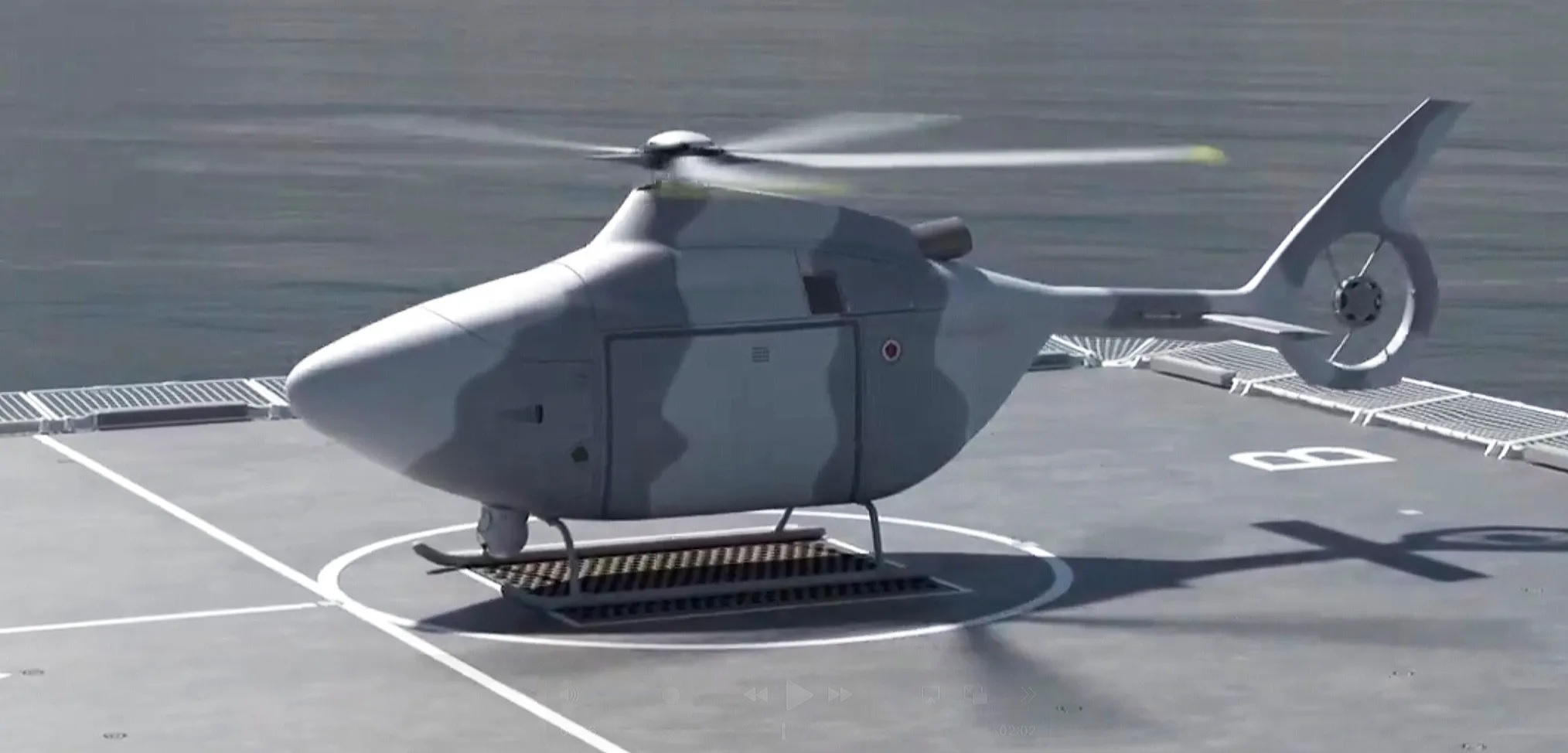Leonardo Unveils Revolutionary Proteus Rotorcraft

Leonardo UK has unveiled its latest innovation, the Proteus uncrewed rotorcraft technology demonstrator, representing a groundbreaking step in the evolution of autonomous aviation. Designed as a transformative platform for the Royal Navy’s Maritime Aviation Transformation (MATx) strategy, Proteus showcases cutting-edge advancements in autonomy, modular payloads, and manufacturing techniques.
A Visionary Design for Adaptable Missions
At approximately three tonnes, Proteus is a marvel of engineering, tailored to perform diverse roles in maritime environments. The rotorcraft features a modular payload bay that allows mission-specific customization. Operators can easily swap payloads for additional fuel or specialized equipment, ensuring unparalleled versatility across missions such as reconnaissance, logistics, surveillance, and combat support.
By integrating proven components from Leonardo’s extensive helicopter portfolio, the company has reduced costs and shortened development cycles. This modularity and adaptability align perfectly with the UK Ministry of Defence's goals of creating flexible, future-ready defence solutions.
Digital Engineering at Its Core
Proteus represents a new era in digital engineering. Leonardo employs advanced techniques like digital twins, enabling synthetic testing and refinement of capabilities without the need for physical prototypes. This process leverages Artificial Intelligence (AI) and Machine Learning (ML) to simulate real-world scenarios, cutting costs and accelerating the development timeline significantly.
Sustainability and Innovation in Materials
The rotorcraft’s design incorporates more than 40 advanced composite components, many of which are produced using additive manufacturing. This not only enhances the rotorcraft’s durability but also promotes sustainability by reducing material waste and through-life costs. Such innovations ensure resilience across Leonardo’s supply chain while meeting the demands of environmentally conscious manufacturing.
Key Specifications of Proteus
- Weight Class: ~3 tonnes
- Payload Capacity: Modular bay for adaptable mission payloads
- Key Technologies: Autonomous flight systems, modular design, digital twin testing
- Materials: Advanced composites and additive manufacturing components
- Maiden Flight Timeline: Mid-2025
Collaboration and Agile Development
The €71 million (£60 million) Proteus project is a testament to close collaboration between Leonardo, the UK’s Defence Equipment and Support (DE&S) Future Capability Innovation team, and the Royal Navy. By adopting Agile development methodologies, the team has ensured iterative design improvements and constant stakeholder engagement, keeping the project on track to achieve its ambitious goals.
Shaping the Future of Maritime Aviation
Proteus is more than just a rotorcraft; it is a testbed for the future of uncrewed systems in maritime operations. By combining cutting-edge technology, sustainable practices, and modular adaptability, Leonardo has created a platform that addresses the Royal Navy’s evolving needs while setting new benchmarks for the aerospace industry.
As Proteus gears up for its maiden flight in mid-2025, it underscores Leonardo’s commitment to redefining the boundaries of autonomous aviation and maritime capabilities. The future of defence technology is here, and Proteus is leading the charge.



